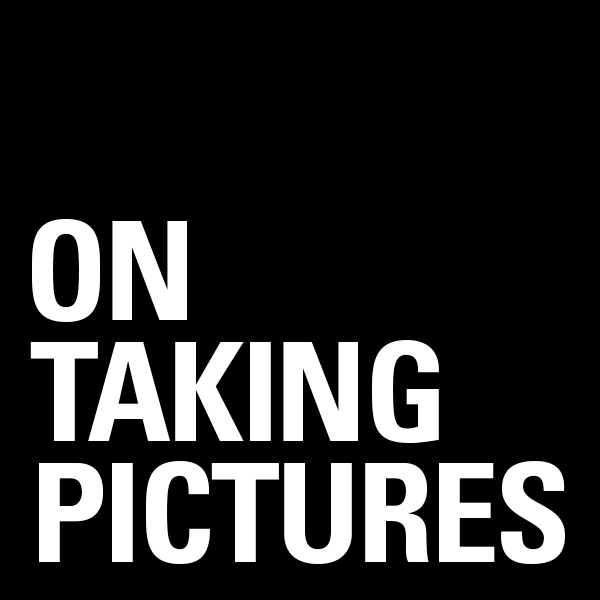A few photographic conclusions I came to on my trip.

1) A good little camera can be really handy.
I borrowed my friend Meg’s Canon G10 for the trip and it was great to just sling over your shoulder on a hike when you didn’t feel like trucking an SLR up the the hill. It’s nice being able to get a 10MP+ image from a little camera. Much of the time I even used the camera in black and white mode. To be that much more Ansel Adams with every shot. Though it’s capable of shooting RAW and I’m normally an adamant RAW shooter, I just left it shooting jpegs. The idea was that I was going to use it to take what were effectively snapshots as keepsakes.
In fact, I didn’t even have it shooting full resolution, though still at about 9MP. A few years ago on a trip to Oregon with my original Digital Rebel I had read an article arguing that by setting your camera to save a medium resolution JPEG, not only would you save space which was an issue when CF cards cost $1000/GB, but that the camera would down-sample all the data and you’d end up with a smoother, smaller file which would still up-sample and print quite well if you needed it too. Now, with a 6MP camera, I was effectively getting a 4MP image out of it. But I have one of the photos from that trip printed at about 6×9 in my bathroom and I have to admit that it looks pretty darn good.
2) A little camera, as handy as it is, is no match for a full-frame SLR.
I’ll admit, I’m a pixel peeper. And it wasn’t a fair fight because I was comparing jpegs from a compact with RAW files from a 5D Mark II. But there was NO contest. The big problem is that the little camera’s sensor just doesn’t have the dynamic range of the larger one. Highlights and the sky were almost always blown out and shadows went straight to black. This would not be that much of an issue if you were shooting people at a party or snapping your kids in the shade in the backyard. But when you’re trying to capture the sandstone cliffs at Zion National Park, you’re in trouble. Basically you need to work with the limitation and make the shadows and highlights as blocks of color as far as composition goes. So that’s what I did.
3) The Canon 24-105/4L lens isn’t terribly sharp. Even stopped down.
I make this conclusion based on two separate samples of this lens. I owned one a few years ago which I bought for a trip to Italy. The color on those images are fine, but anything but the center of the frame (full frame body) was pretty soft. Fast forward to now, and I’ve got nothing but big heavy primes for my work, so I also borrowed from Meg her 24-105. (In exchange for her lens and camera she got to use my 24-70/2.8 and 85/1.2, lest you start feeling bad for her.) The images from her lens were also soft on the edges, even when stopped down to f/8 or so. This is especially noticeable in complex scenes like the wide shots of Bryce Canyon. Maybe I’ve just gotten really used to having to wear gloves for fear of slicing my hands open when editing the images from my primes. Yes they’re that sharp when used correctly. It’s not to say the 24-105 is bad, it’s certainly 1000 more versatile than a prime, but ultra-sharp it is not. Maybe the fabled new version of it will help.
————
When I got back a friend asked how many pictures I took, and I replied, “not many, maybe 500”. I only really took pictures when I thought of it. It definitely wasn’t one of the prime goals of the trip. You photographers out there will know that 500 over a week is very few indeed, especially for digital shooters. Normal people look at me like I’m crazy.
I think when it comes down to it, my ideal travel camera would be something small, with a big sensor and great glass. So basically I want a Leica M9. If anyone wants to buy me one, just let me know.
